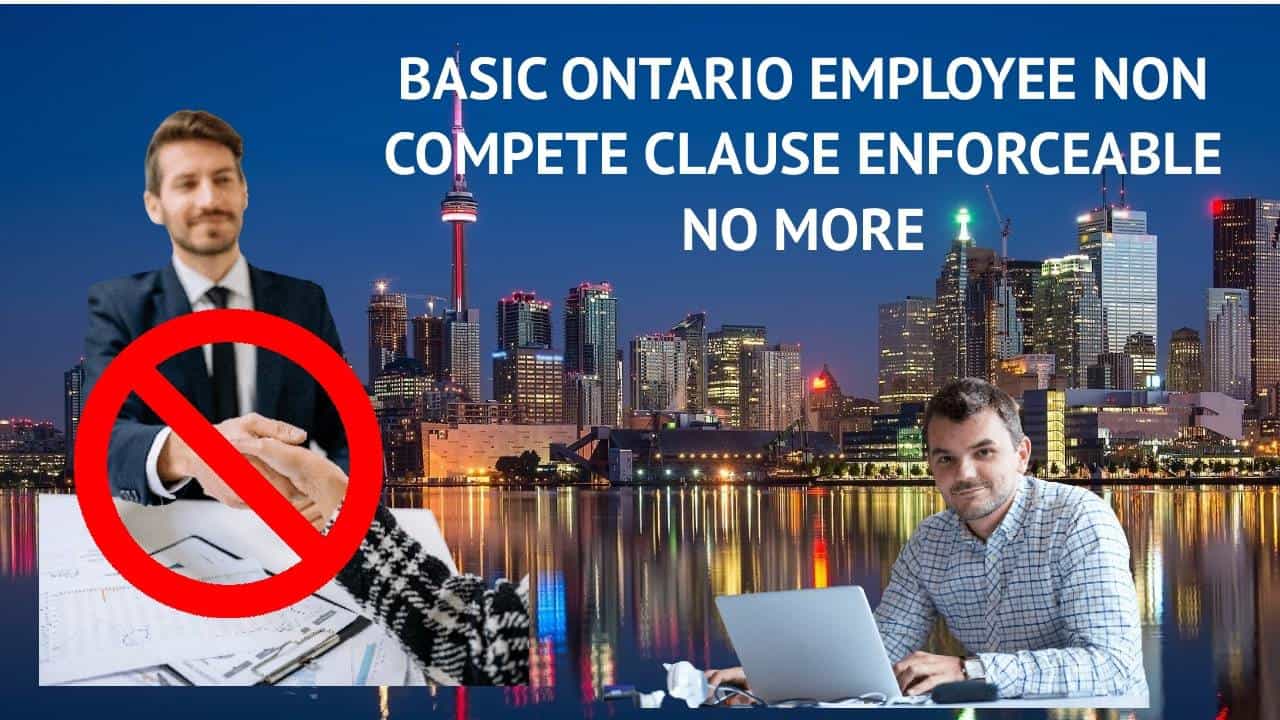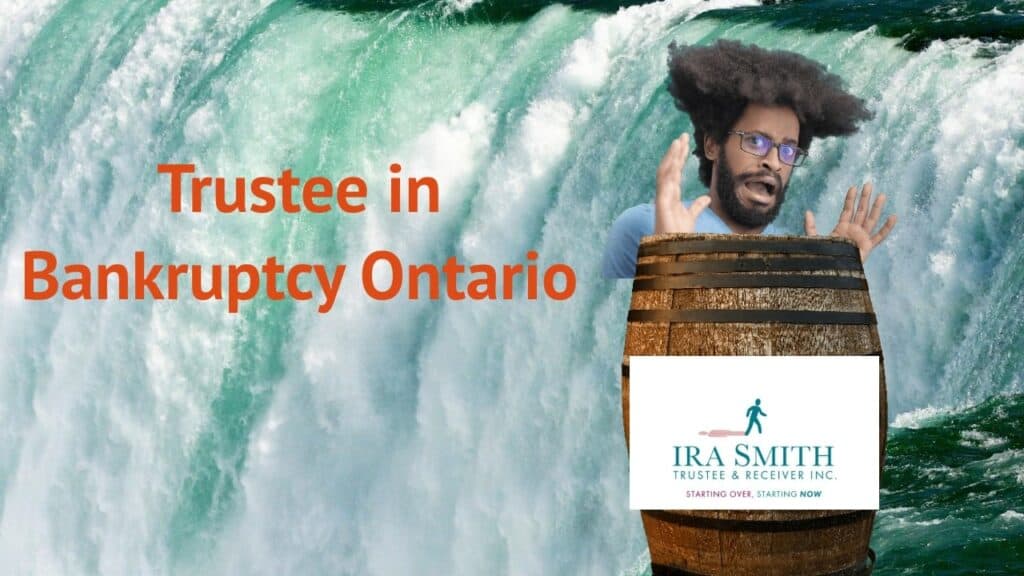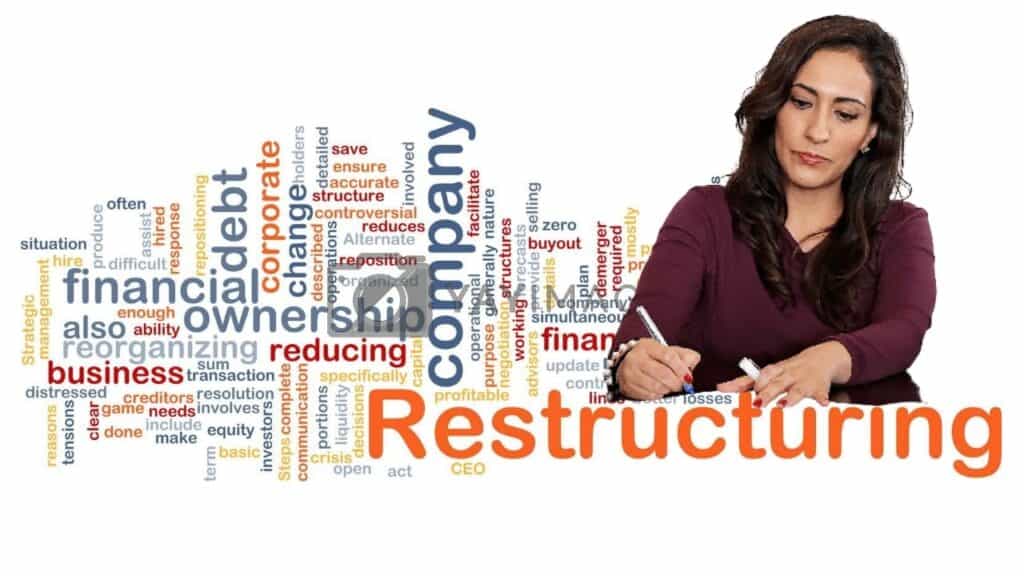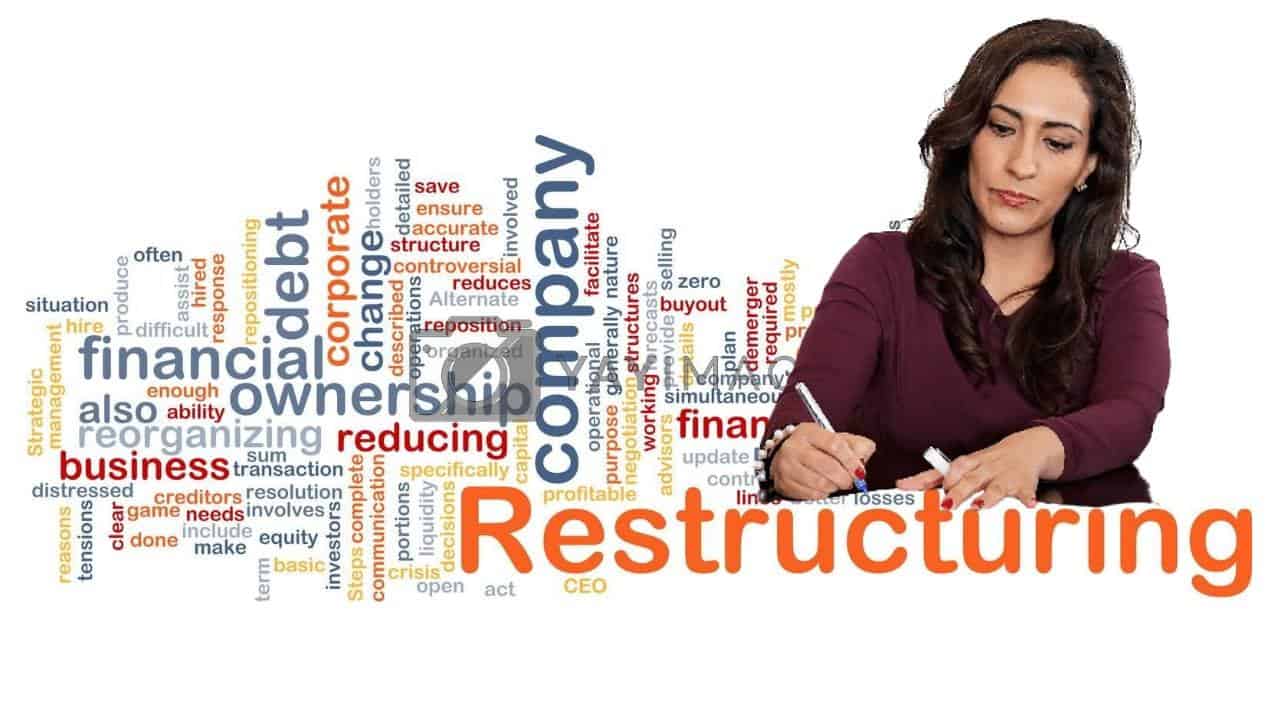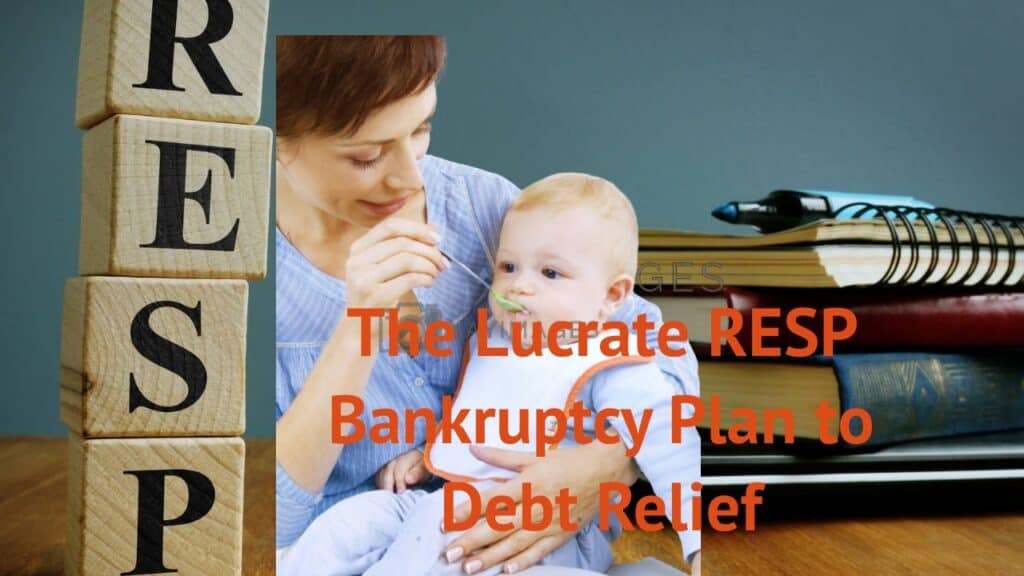non compete clause enforceable
As the COVID-19 pandemic continues, we hope that you, your family, and your friends are safe, healthy, and secure. Ira Smith Trustee & Receiver Inc. is fully operational, and both Ira and Brandon Smith are readily available for phone or video consultations.
Non compete clause enforceable?: Introduction
It has always been tempting to ignore a non-compete agreement. Particularly if you left your job feeling that you weren’t appreciated or respected, you weren’t given proper notice, or you were owed wages or commissions. Employees tend to make poor decisions in such situations. It used to be potentially very costly to ignore a non compete clause enforceable in Ontario. In this Brandon Blog post, I describe how that has now changed in Ontario.
Monte McNaughton, Ontario’s Minister of Labour, Training and Skills Development, announced changing employment laws in Ontario with the passing of the Working for Workers Act, 2021, on November 30, 2021. I discuss what this means for employees in Ontario and especially for anyone who has a non compete clause enforceable in their employment contract or any other written agreement with their employer.
This blog does not provide legal advice since my firm is not a law firm and I am not a lawyer. Moreover, it is not intended to be a substitute for legal advice, especially legal advice from an employment lawyer or a labour lawyer. It is merely my interpretation of the new Ontario law as an insolvency trustee who advises entrepreneurs and their businesses.
What is a non compete clause and historically are non compete clauses enforceable in Canadian courts?
Employees who have signed a non-competition agreement at the time of hire are prohibited from engaging in any businesses, occupations, professions, projects, or other activities that compete with their employer’s business after the employment relationship has ended. Such clauses in an employment agreement or other employment-related agreements are an example of restrictive covenant clauses.
Employment agreements containing a non-competition clause are generally void in Canada due to the unreasonable restraint they impose upon the employee’s trade. Courts have held that it is not possible to have a non compete clause enforceable if a non-competition period, activity, or geographic scope has ambiguous language or is vague, it is unenforceable. These rulings have helped protect former employees against aggressive employers. The BC Supreme Court, the Ontario court and appellate courts have ruled this way in favour of former employees.
Generally, the Courts have only made a non compete clause enforceable if the non-competition clauses are in employment agreements in exceptional circumstances and where there is unambiguous language, especially when they are reasonable between the parties and in the public interest. Employees rarely retain a lawyer just to inquire about the enforceability of their non-competition clause. Rather, it would be part of a larger consultation before entering into an employment contract and for sure when the lawyer was hired to handle a broader wrongful dismissal/termination of employment case.
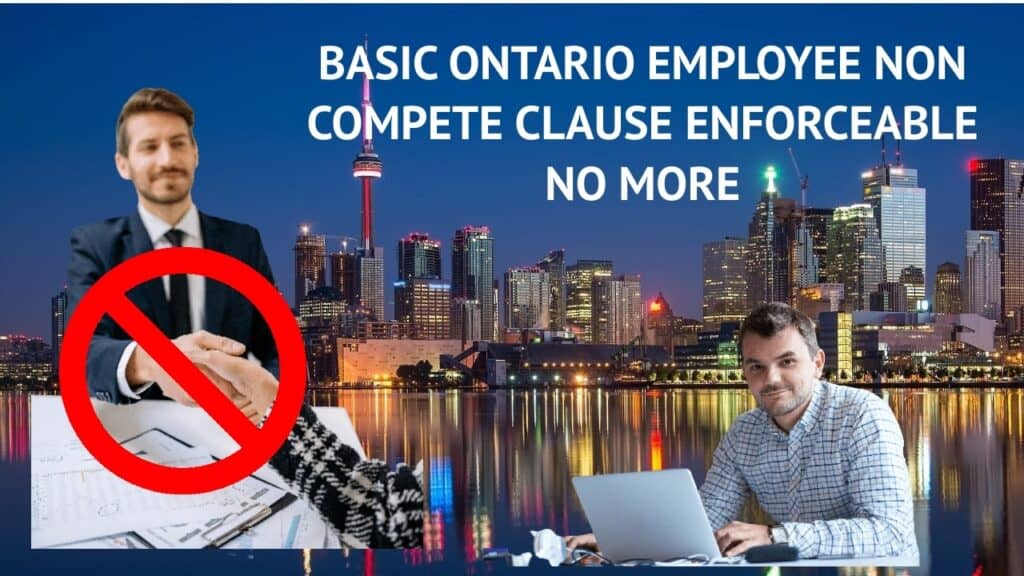
Can an insolvency proceeding under the Bankruptcy and Insolvency Act (Canada) (BIA) help you escape a judgment liability for breach of a non compete clause enforceable in Canada?
An individual ex-employee found in breach of a non-compete agreement could initiate one of the following insolvency proceedings:
- Consumer proposal.
- Division I proposal.
- Bankruptcy.
Sadly, it would not help in a case where the court found the non compete clause enforceable. A former employee would not be able to discharge an enforceable judgment debt obtained by the employer for breach of a non compete clause in an employment agreement or any ancillary agreements arising from employment by using an insolvency proceeding.
This is because the employer should frame the claim against the former employee as a debt resulting from the loss of profits caused by the former employee’s breach of fiduciary duty. This type of debt is not dischargeable under section 178(1) of the BIA. For such an ex-employee, an insolvency process is of no use. The judgment debt will remain with them after they discharge all their other debts and get discharged from their insolvency process.
Ontario introduces employee-friendly legislation making non compete clause enforceable no more
On October 25, 2021, the Ontario provincial government introduced Bill 27: Working for Workers Act, 2021. This new law makes changes for the banning of a non-compete agreement, needing companies of a certain minimum number of employees to have work-life plans, and also licensing temp help agencies. According to the Ontario government, these changes will certainly:
- foster a healthy work-life balance; and
- ban any unfair non-compete agreement that is used to limit job opportunities, suppress salary increases, and suppress wage growth to promote competitiveness.
Ontario is the first province in Canada to ban a non-competition agreement in a contract of employment. It is not entirely clear to me if this new legislation invalidates any existing non-competition agreement. According to my understanding, new laws do not apply retroactively unless they explicitly say so, which Bill 27 does not.
The new legislation includes four major elements:
- Amends the Ontario Employment Standards Act, 2000 to prohibit employees and employers from entering into non-competition agreements.
- Requires employers with at least 25 employees to institute a written policy on employees’ time off. By doing so, Ontario is prioritizing workers’ mental health and family time.
- Introduces licensing for temporary help agencies and recruiters operating in Ontario.
- With a few exceptions, this bill amends Ontario’s Occupational Health and Safety Act to require employers to provide washroom access to delivery personnel.

non compete clause enforceable
Non compete clause enforceable with respect to the sale of a business and other employer alternatives
A non compete clause enforceability applies in a sale of business context or a partial sale of business context if:
- the buyer and business owner seller (or principal of the corporate seller) enter into a non-compete agreement with respect to the seller; and
- immediately following the sale, the seller becomes an employee of the buyer.
Employers in Ontario are now prohibited from utilizing non-competition clauses or similar restrictive covenants and such clauses in employment contracts. However, it does not mean that they need to be completely exposed to having their employees rush off to a direct competitor and divulge all the employer’s trade secrets.
The HR and/or onboarding practices of Ontario employers need to be reviewed and updated where necessary. As part of this process, any restrictive covenants in employment contracts will have to be reviewed and perhaps struck or at least amended because making any new non compete clause enforceable is out of the question in Ontario. Also, for employers with 25 or more employees, a “disconnecting from work” policy will have to be rolled out to all incoming and current employees.
Even though making any new Ontario non compete clause enforceable is no longer an option, employers can still take three simple steps to protect their legitimate business interests when establishing terms of employment:
- At the time of hire, sign confidentiality agreements and use non-solicitation clauses. Employees can’t be prevented from working for competitors. Employers can, however, continue to prohibit their employees from asking former co-workers, current clients, and suppliers, or exerting influence over clients, to follow them to new jobs. This can be put in an employment contract to help protect the employer’s relationships with clients and others important to their business.
- Be careful what information you give employees with different levels of responsibility and seniority. Due to the fact that employees can work for competitors, employers should be cautious about disclosing information to employees that are not necessary for them to be able to perform their duties. Low-wage workers are the most obvious group who do not need access to what could be considered important business information that an employer would not want to get into the hands of their competitors.
- Differentiate amongst your employees. Those who are not defined in their employment agreement or are not in fact key employees, and especially low-wage employees should not need access to intellectual property, customer lists or client lists, supplier lists, or to the employer’s trade secrets. Therefore, they should not be given that information and especially access to trade secrets.
Non compete clause enforceable?: Summary
I hope you found this non compete clause enforceable Brandon Blog informative. Is your company or are you personally in financial distress and a debt crisis? Do you not have adequate funds to pay your financial obligations as they come due? Are you worried about what will happen to you in retirement? Do you need to find out what your debt relief options and realistic debt relief solutions for your family debt are? Is your company in financial hot water?
Call the Ira Smith Team today. We have decades and generations of experience assisting people looking for life-changing debt solutions through a debt settlement plan and AVOID the bankruptcy process.
As licensed insolvency professionals, we are the only people accredited, acknowledged and supervised by the federal government to provide insolvency advice and to implement approaches to help you remain out of personal bankruptcy while eliminating your debts. A consumer proposal is a government-approved debt settlement plan to do that. It is an alternative to bankruptcy. We will help you decide on what is best for you between a consumer proposal vs bankruptcy.
Call the Ira Smith Team today so you can eliminate the stress, anxiety, and pain from your life that your financial problems have caused. With the one-of-a-kind roadmap, we develop just for you, we will immediately return you right into a healthy and balanced problem-free life.
You can have a no-cost analysis so we can help you fix your troubles.
Call the Ira Smith Team today. This will allow you to go back to a new healthy and balanced life, Starting Over Starting Now.
As the COVID-19 pandemic continues, we hope that you, your family, and your friends are safe, healthy, and secure. Ira Smith Trustee & Receiver Inc. is fully operational, and both Ira and Brandon Smith are readily available for phone or video consultations.
